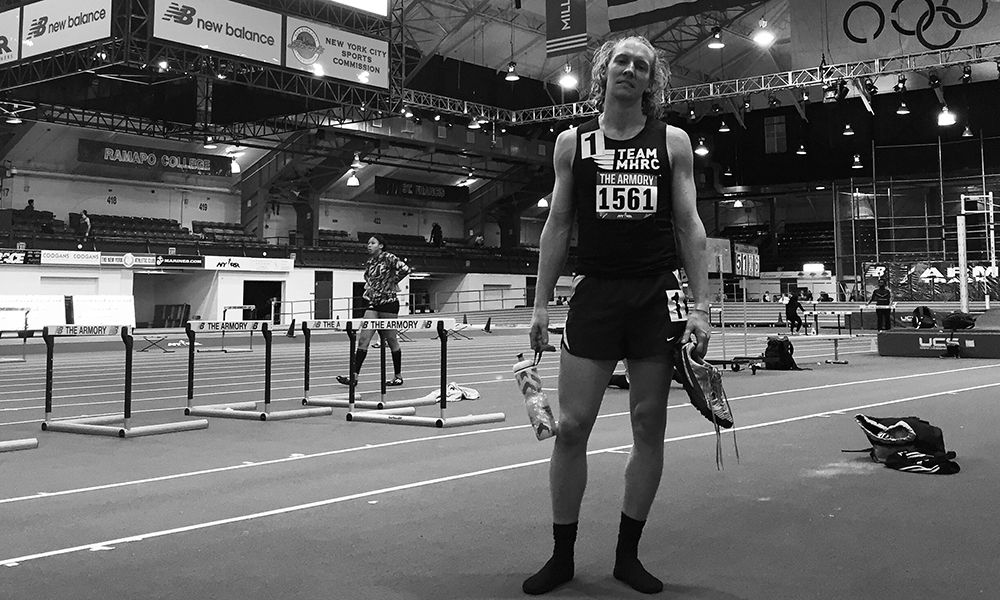- Form: Many running injuries stem from poor form held over many miles. Even the smallest incorrect positioning or overextension can have a great impact on our ability to run and susceptibility to injury. The video linked here is a personal favorite of mine for showcasing proper running form. The content touches on what I emphasize in class. In addition to tutorials such as this one, I love to use stairs and hills to teach proper form by forcing efficiency.
- Muscle Preparation: It’s incredibly important to stretch, foam roll, and thoroughly warm up your muscles before running. A few warmup and mobility drills can go a long way. The “world’s greatest stretch” is a personal favorite of mine as it focuses on hip, ankle and thoracic mobility. In terms of warmup drills, skipping, high knee-skipping, and leg swings are all great. Foam rolling takes time, attention, and repetition, but helps loosen muscles and prepare them for harder efforts.
- Muscle Recovery: Stretching and foam rolling after a run are just as important in injury prevention.Ideally we should repeat nearly the same stretches and foam rolling patterns we used for our warm up in our cool down, the reason being that the same muscles we needed to warm up, must be carefully cooled down. That said, the cool down doesn’t need to be as dynamic. Be sure to include mobility work again if this is something you struggle with.
- Strength Training: Our muscles, ligaments, tendons, and bones are all stressed when running. Tightness, weakness, or a combination of the two can affect alignment which leads to imbalances. Incorporating strength training is the most important strategy for a runner to stay pain free and prevent running-related injuries. Squats and lunges are ideal for runners. If you’re just starting out with strength training use only your body weight and do 20-30 reps for 2-3 sets of each. If that feels too easy add additional reps and integrate different variations of these movements.
- Yoga & Flexibility Training: Many runners have limited muscle mobility, which can inhibit proper running form. Yoga classes are a great way to work through these limitations and improve flexibility because a professional is guiding you through a complete series of postures designed to lengthen tight muscles and open up the joints. Warrior three and triangle pose are two of my favorite poses that happen to be great for runners. Also the frog stretch (which may not be an official yoga pose!) is another good one for runners as it helps improve hip mobility.
- Breathing Techniques & Core Strengthening: Both of these activities are intertwined and require a great deal of focus and attention in order to build a strong core, which is necessary for runners because it keeps our form stable and thus helps prevent injury. To strengthen your core incorporate both breathwork and specific exercises. These include meditative breathing, as well as crocodile and weighted breathing, and any type of plank exercise where you are moving appendages while maintaining a stable center.

A 6-Step Guide to Prehab
MHRC Coach Scott Carvin
